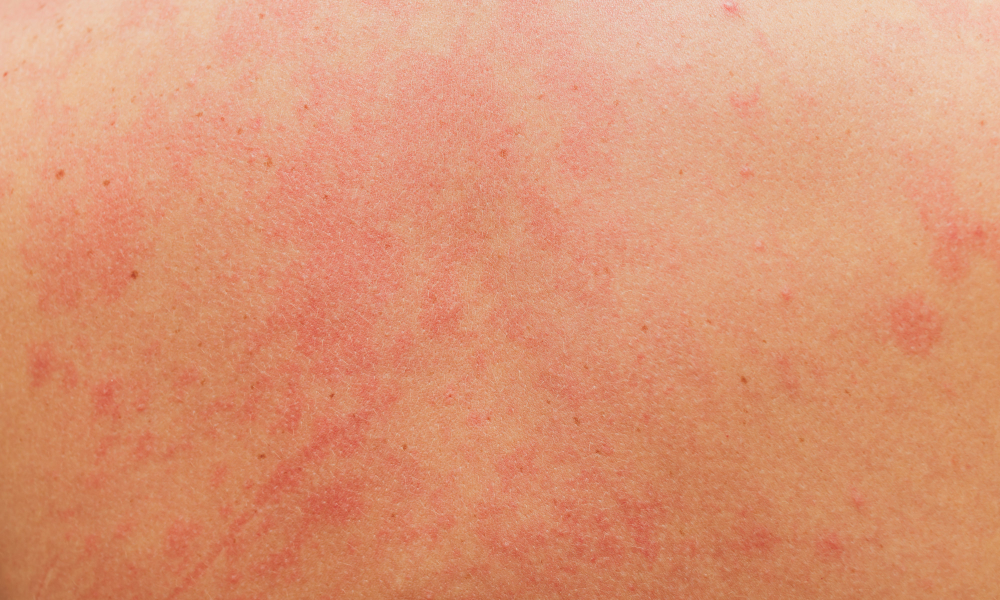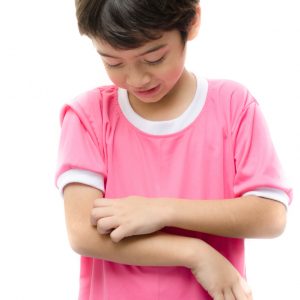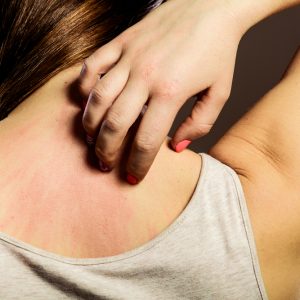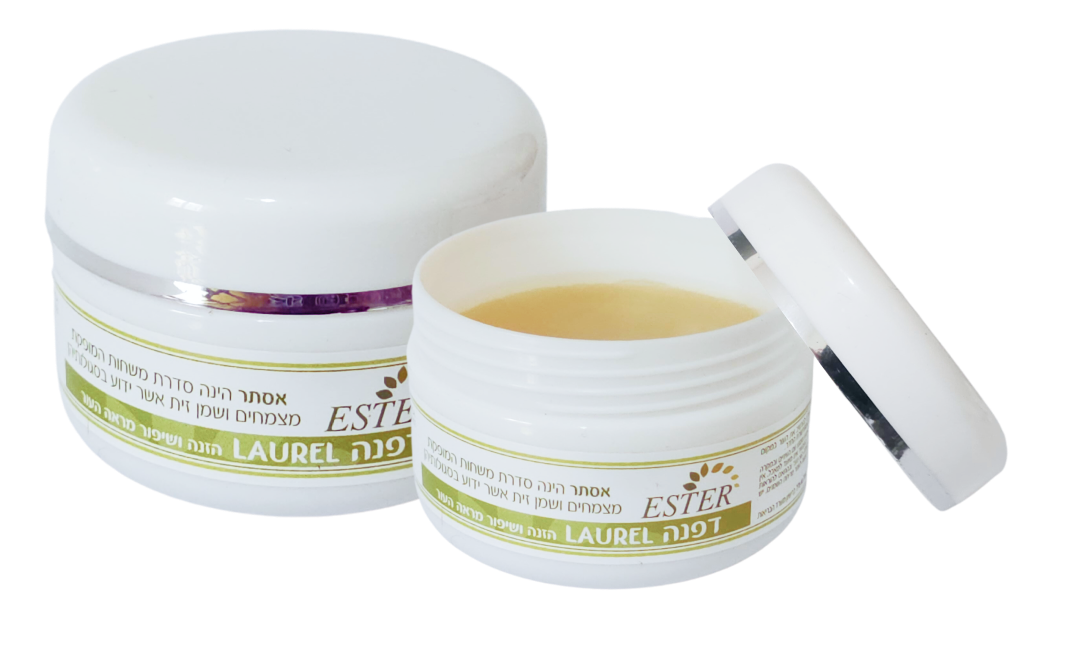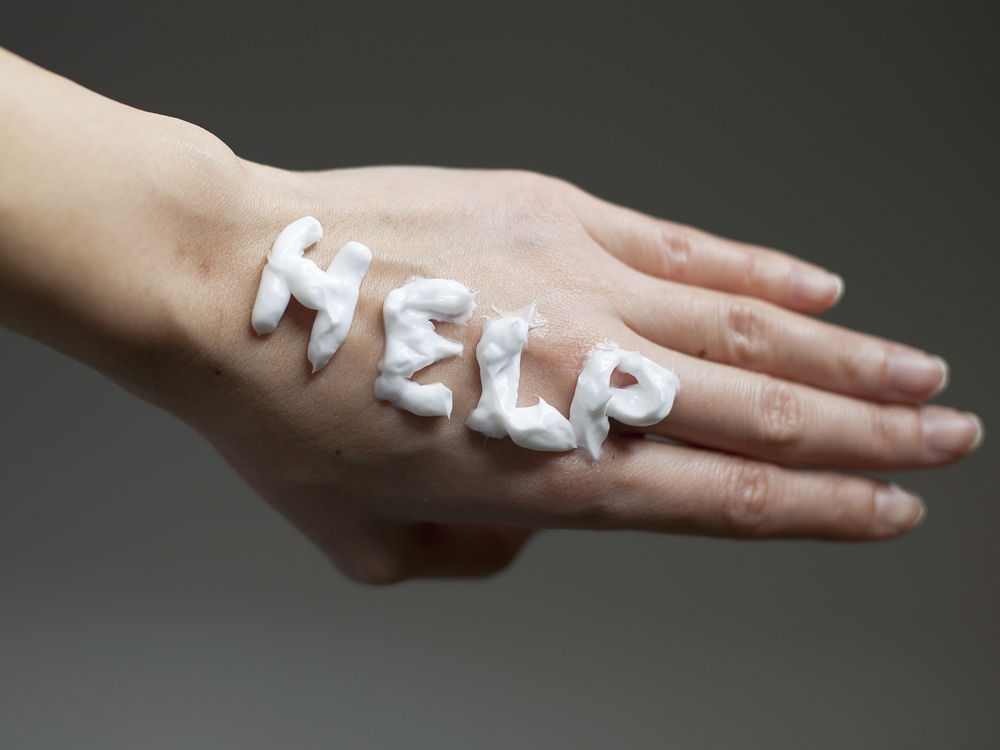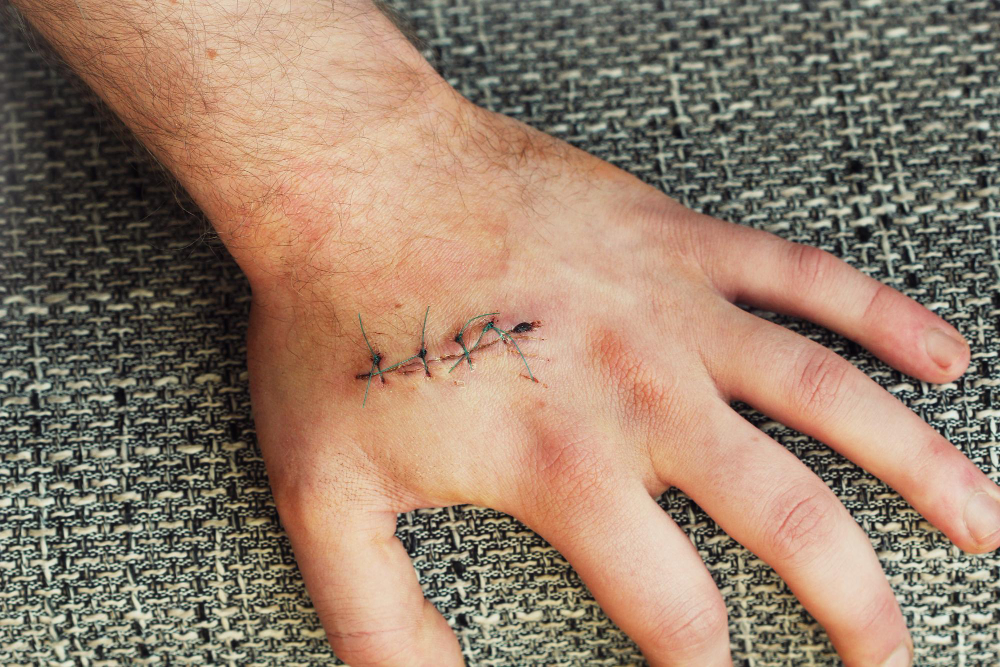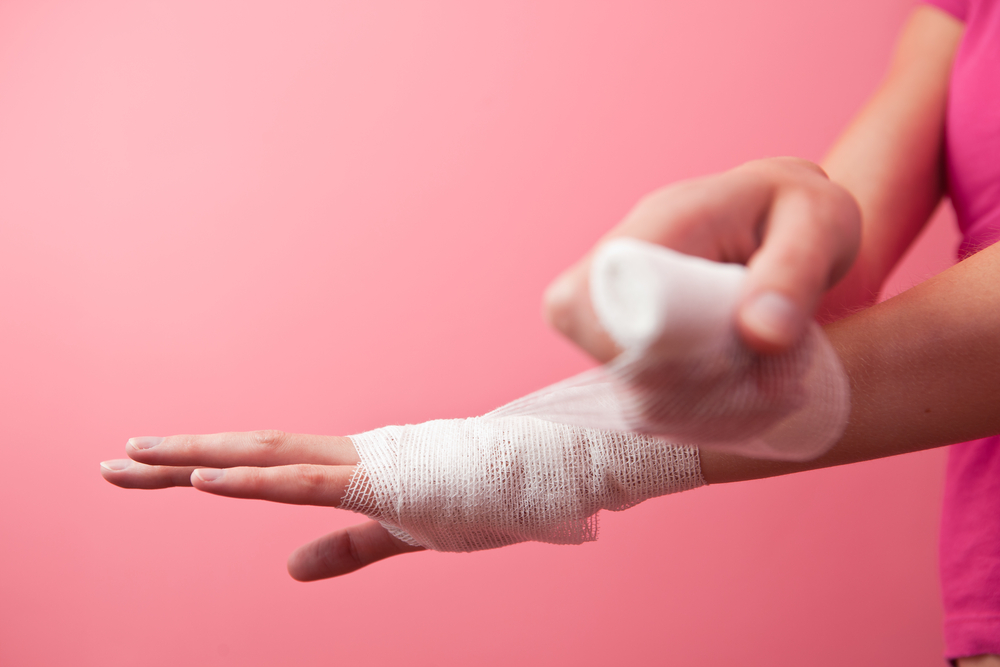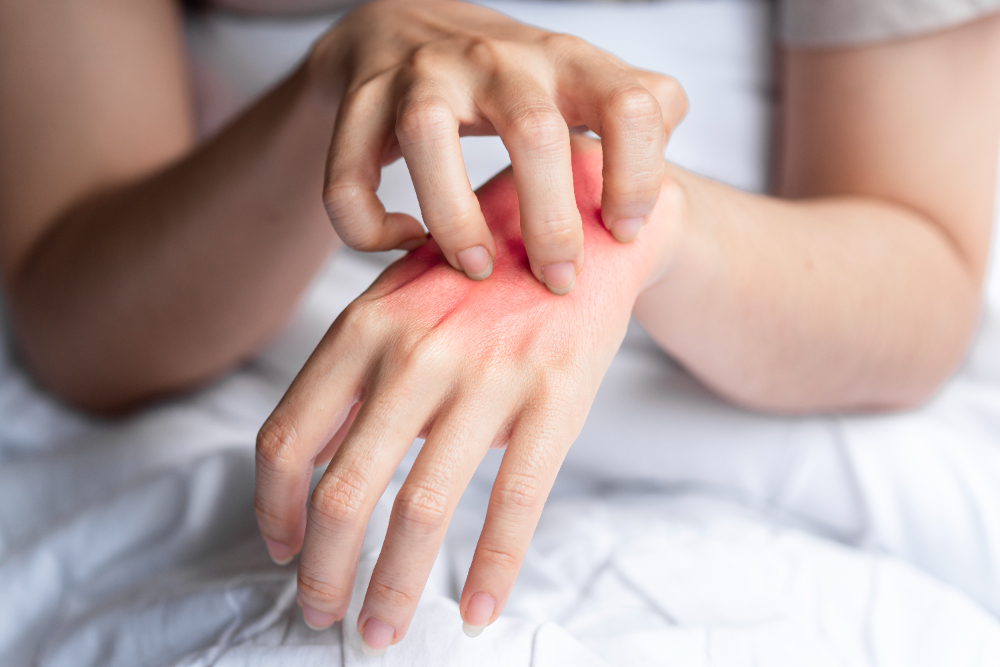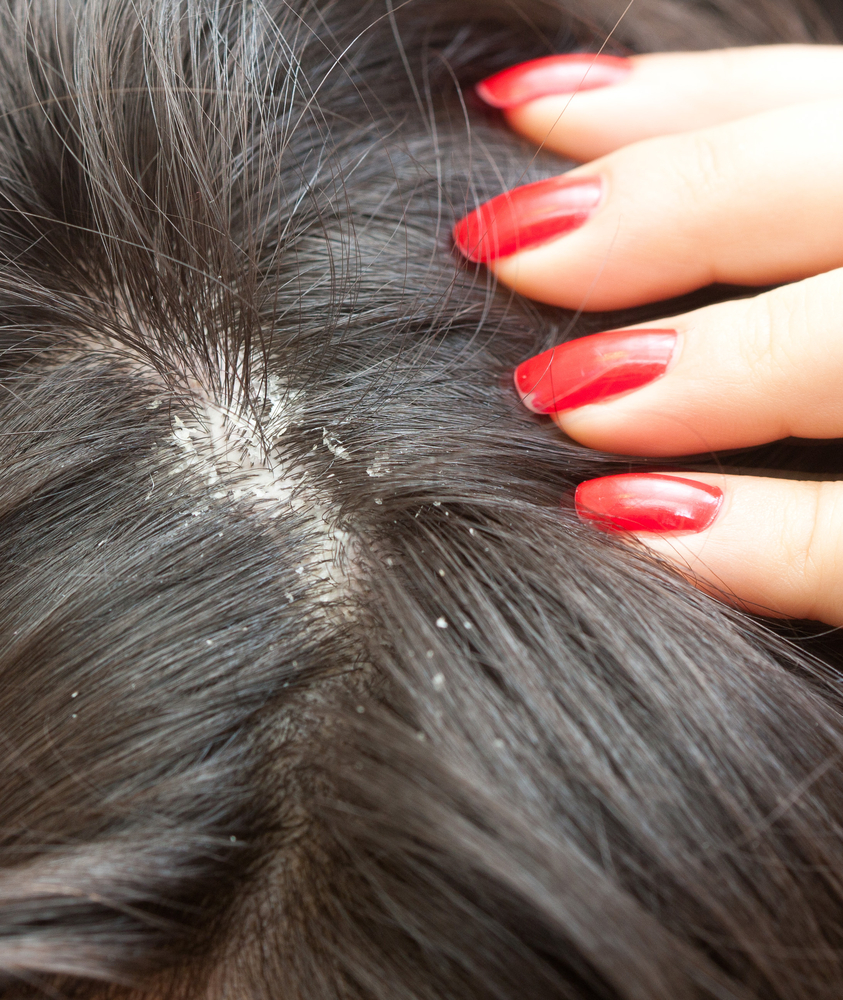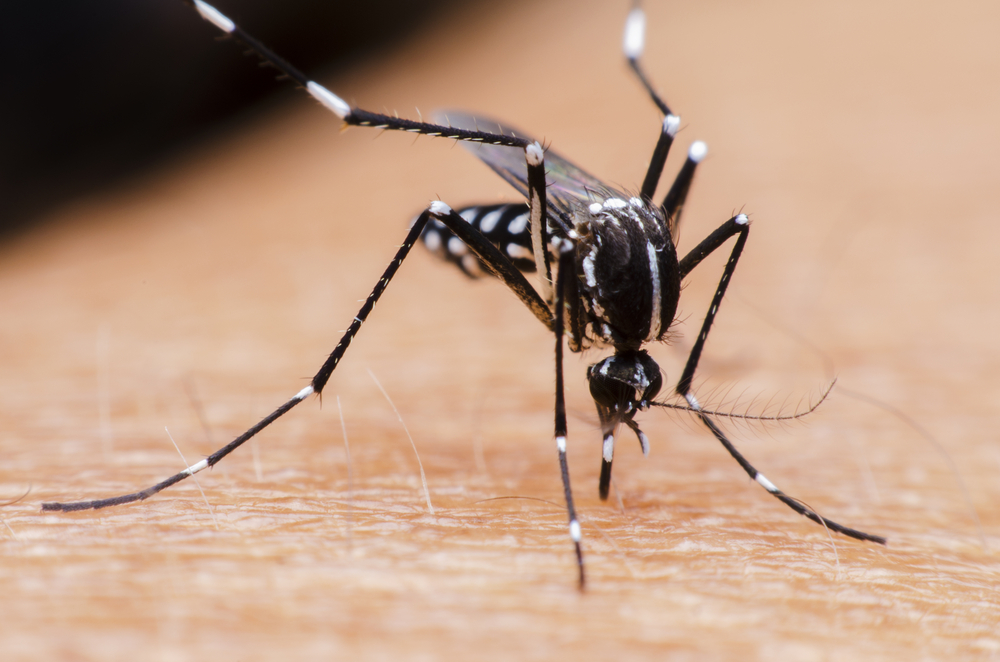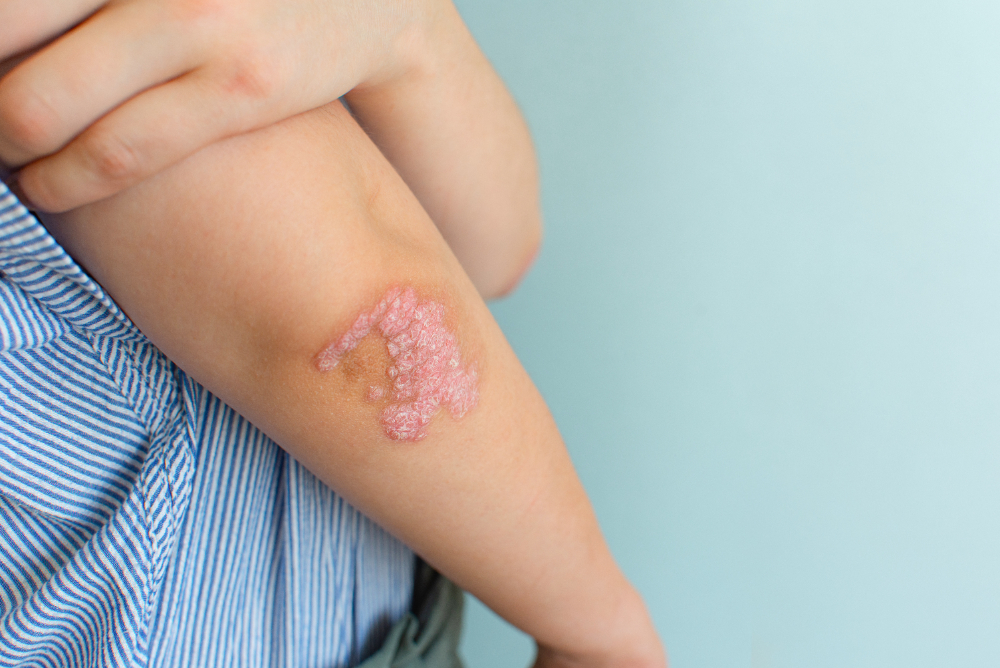Types of Skin Rashes
Skin rashes can generally be classified into two categories: chronic rashes, which may appear at birth or develop over the years and tend to occur in fixed areas of the body; and sudden-onset rashes, which appear unexpectedly and last for several hours or days. These typically present as red spots or patches on the skin, often accompanied by itching. Such rashes often occur as a result of an infection, such as in cases of rubella (German measles), measles, or chickenpox — all of which, in addition to widespread rash lasting about a week, also cause high fever.
Other viruses may also cause rashes that disappear within a few days and are not accompanied by high fever or additional symptoms. These types of rashes are most common among children and infants.
An itchy or non-itchy rash may also appear as a reaction to certain medications. Rashes caused by food allergies can be accompanied by shortness of breath and usually appear immediately after consuming a specific food, disappearing a few hours later.
Chronic urticaria (hives) occurs when there is a malfunction in the immune system or a state of psychological stress, which triggers daily outbreaks of red, itchy skin rashes.
Skin Rash Treatment
Most rashes, as mentioned, are not life-threatening and usually resolve on their own within a few days. However, in some cases, rashes may appear frequently and, especially when accompanied by itching, can significantly reduce a patient’s quality of life. Therefore, in certain cases, it is necessary to provide appropriate medical treatment to relieve the symptoms.
Treatment for rashes may include various creams, ranging from soothing ointments to antibiotic treatments for the skin. In any case, it’s important to diagnose the cause of the rash before starting treatment.
To do this, it’s essential to identify and isolate the allergen that triggered the reaction. This can be done by consulting with an allergist, who will diagnose the specific cause behind the rash.
For rashes of allergic origin, treatment may include anti-rash creams such as antihistamine ointments, or alternatively, natural home remedies like applying avocado or potato slices to the irritated area. Antihistamine treatment is considered particularly effective and is expected to clear the rash within a few hours.
If antihistamine treatment fails or does not produce the desired result, treatment may progress to topical steroid-based creams. If these do not bring improvement either, systemic (oral or injectable) treatment may be required.
In any case, if the rash is allergy-related, it’s important to inform the patient about the allergen source so it can be avoided in the future.
Laurel Ointment
apply our Laurel ointment on the affected area once to 3 times a day until you see an improvement
Examples
